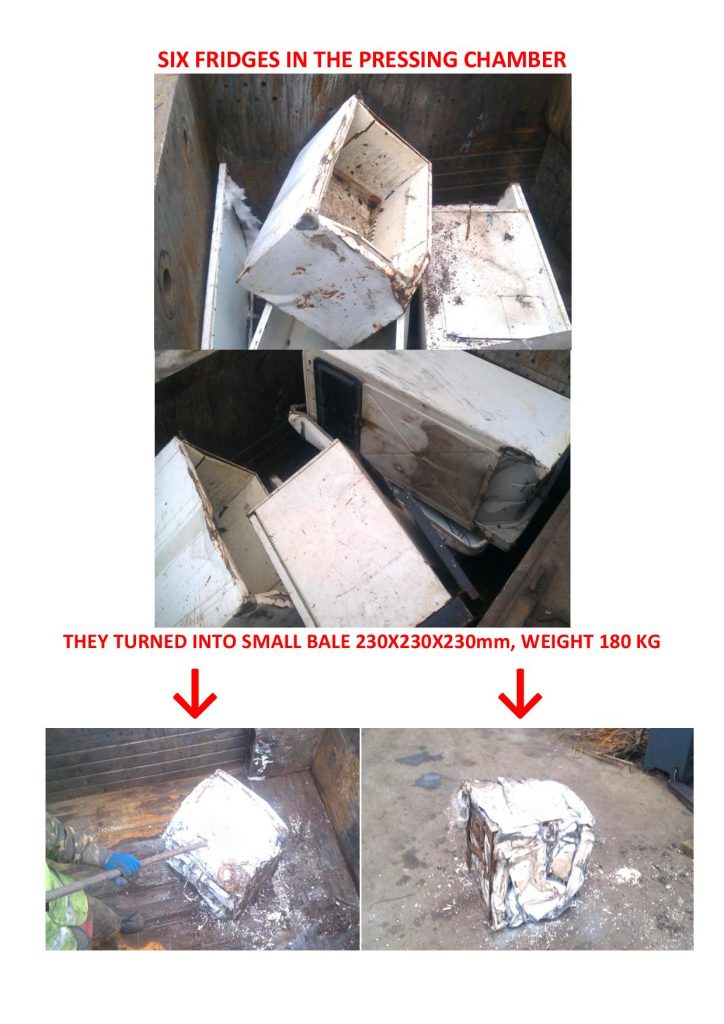Nowadays metal scrap is a free traded commodity that along with oil, gold, gas, silver makes additional value to its producers.
And as well as other commodities it has several types which differ in their producing process including energy consumption, automation of the process, cost of necessary equipment, purity level, etc. For the moment there are three main scrap processing procedures: Shredding, baling and shearing.
Of course
we need to add that usage of processed steel scrap as a raw material instead of
iron ore will bring energy savings up to 74%. And also it will decrease air
pollution dramatically, some experts say – up to 86%. The physical characteristics of steel scrap have an
important influence on melting, both technically and economically, and can lead
to a loss of melting time, increased power and electrode consumption, a greater
risk of furnace damage, excess slag production and reduced iron yield if the
scrap is unsuitable. Scrap processing is, therefore, of considerable interest
to steelmakers as well as the metal recycling industry.
Shredding
This process
provides the scrap of best quality as per purity and size requirements. The
steel mill furnaces get the best ratio of consumed energy/quality of yielded
iron. Special institute’s research shows that recently proportion of scrap
processing using shredders is set to increase substantially.
Shredding plants
help to:
- - Avoid
or minimize the risk of damage due to overloading caused by unshreddable heavy
scrap pieces
- - Control
production, scrap size and density for greater flexibility of use
Company Jiangsu Wanshida Hydraulic Machinery offers to its clients the whole series of scrap crushing and shredding machines and lines. Recently we have supplied our lines to Russian and Moldova where one can observe a high interest to such machinery.
Scrap baling presses
It is an old and confident way of recycling. Baling was popular some 30
years ago and had great prospects. But now many recyclers and foundries are
trying to avoid this process, because of impossible to control the inner
content of the bale. Of course recyclers with long and well-established work
record still make use of balers because nobody can doubt the quality of their
products.
As to our clients we can offer a rigid and confident series of hydraulic
baling presses Y83 with different pressing force and working chamber. Our
balers work all over Eastern Europe, China, South-East Asia, Middle East, etc.
Scrap shears
Compared with shredding and baling, scrap shears offer the most universal processing technique for different grades of scrap (see next picture). All scrap types can be processed on scrap shears, and for heavy and demolition scrap, shearing is the only suitable automatic recycling technique.
Over past decade our engineering office has designed several types of
scrap recycling shears and we implemented them in life. Most of our
baler-shears work in Russia, Ukraine, Kazakhstan, China.
Conclusions
Modern scrap recycling plants must be capable of handling a wide range of different scrap grades economically as well as meeting the size, density and purity requirements demanded by steel mills and foundries. To support these aims advanced scrap preparation machines are available that provide favourable processing costs, high availability and good process flexibility.

